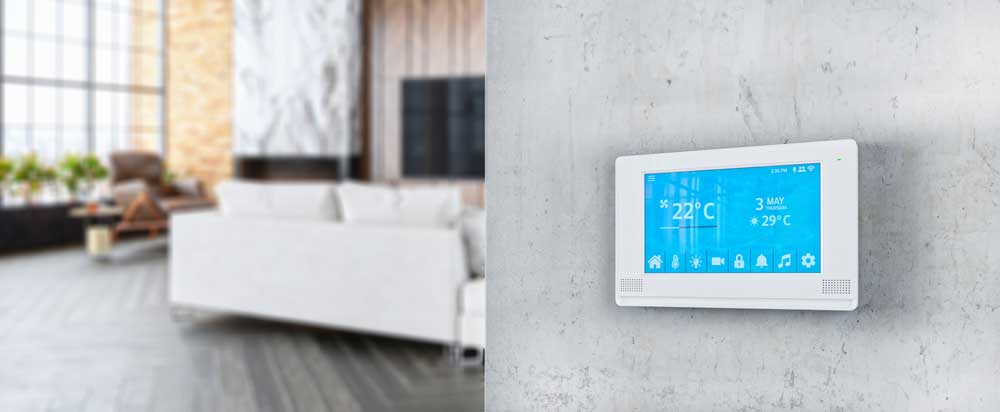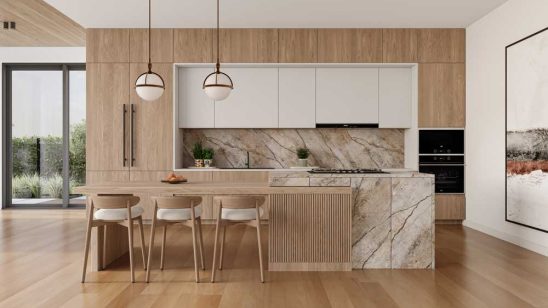
Hot stuff
A warm home is vital for your comfort and health. The World Health Organisation recommends a minimum indoor temperature of 18°C, while recommendations for children, older people, and those with chronic illnesses are even higher.
From the return of radiators to infra-red wall heaters, and ducted air systems, options are numerous for heating today’s homes, offices, and businesses.
Fires are still top of the list for many homeowners, for the warmth and ambience they create, and modern wood, pellet, and gas fires are aesthetically pleasing, besides being functional. Heat pumps are commonplace throughout the country, and an increasing number of people are having radiator systems installed in new builds.
Obviously, the best time to add warmth to a home is when it’s being built. Double (or triple) glazed windows help, as does installing extra thick insulation, and the right heating system for your location’s climate. Remember that Canterbury is far colder than many other regions, especially during winter.

Electric heaters are most useful if you want to provide warmth for a small room, although they’re not as efficient as a heat pump, and are an expensive way to heat. Radiant heaters have an element that shines warmth directly onto you. Convection heaters (which include fan heaters, panel heaters and oil-filled column heaters) provide general background warmth. Using a fan means the room heats up faster and the heat is more even.
Heat pumps are among the most energy efficient forms of heating, taking heat from the air outside your home and using it to warm the air inside, using a process that’s a bit like a refrigerator working in reverse. Controlled using a thermostat, you can set them to keep your home within set temperature ranges at different times of the day, and they come in various sizes, from single room heaters to ducted whole-house systems.
Gas heaters release greenhouse gas emissions that contribute to climate change, making a heat pump, wood or pellet burners more sustainable options. They can be installed in most places in a home, as the flue on some models can be run down and out, horizontal or vertical. Avoid unflued gas. Fast and responsive, they’re convenient to control and operate.
Open fires are still a feature of many New Zealand households, and while appealing, they’re inefficient compared to a modern wood burner, with environmental drawbacks. Most of the heat they generate goes up the chimney instead of into your home.
Wood burners are enclosed, making them highly efficient, and with a wide range of models available (8kW–30kW), most houses can be heated by a wood burner. If you have a free supply of dry, untreated timber, this form of heating will be your cheapest heating option.
Good for heating large spaces, selecting the right size of wood burner is important because they are most efficient when run at full capacity, combined with a heat transfer kit to move excess heat into other areas of the house. They can also be combined with a wetback to provide hot water heating, work even in a power cut, and may be able to be used for cooking.
Pellet burners are typically cleaner and more efficient than wood burners. They burn compressed wood pellets which are made from sawmill waste, so burning wood pellets is a form of recycling. Pellet burners start with an electric lighter and many come with a thermostat and timer. Good for heating larger, well-insulated spaces, they produce little smoke, and can sometimes be combined with a wetback to provide hot water heating.
Underfloor heating should be embedded in a concrete slab when you build a new home or installed under the flooring of a new or existing home. The floor needs to be well insulated or a lot of the heat will dissipate in to the ground or outside. Underfloor heating can use electric cables or water-filled pipes. The pipes may use any form of water heating, including electricity, gas, heat pump or solar. Underfloor heating cannot heat a room quickly and is most effective when left on all the time over the cooler months.
Central heating involves heat being generated at a central point and piped or ducted to several rooms.
Central heating often uses gas or a heat pump, but can also use oil, coal, wood, wood pellets or solar energy.
The heating unit is typically located outside the living area of your home. Heat can be transferred using warm air ducted to vents in each room. Or, hot water can be piped to radiators throughout your home. Some systems use combination boilers which heat the hot water for taps and space heating.



